Big find! NASA's James Webb Telescope detects alternative form of carbon-based molecules
The James Webb Telescope observed carbon-rich dust grains in the first billion years of cosmic time. Here is what it suggests.
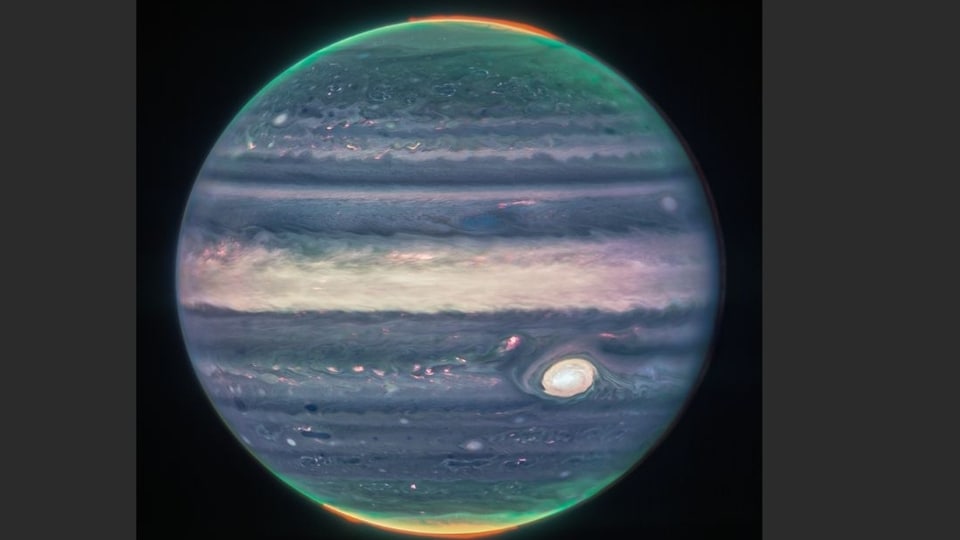
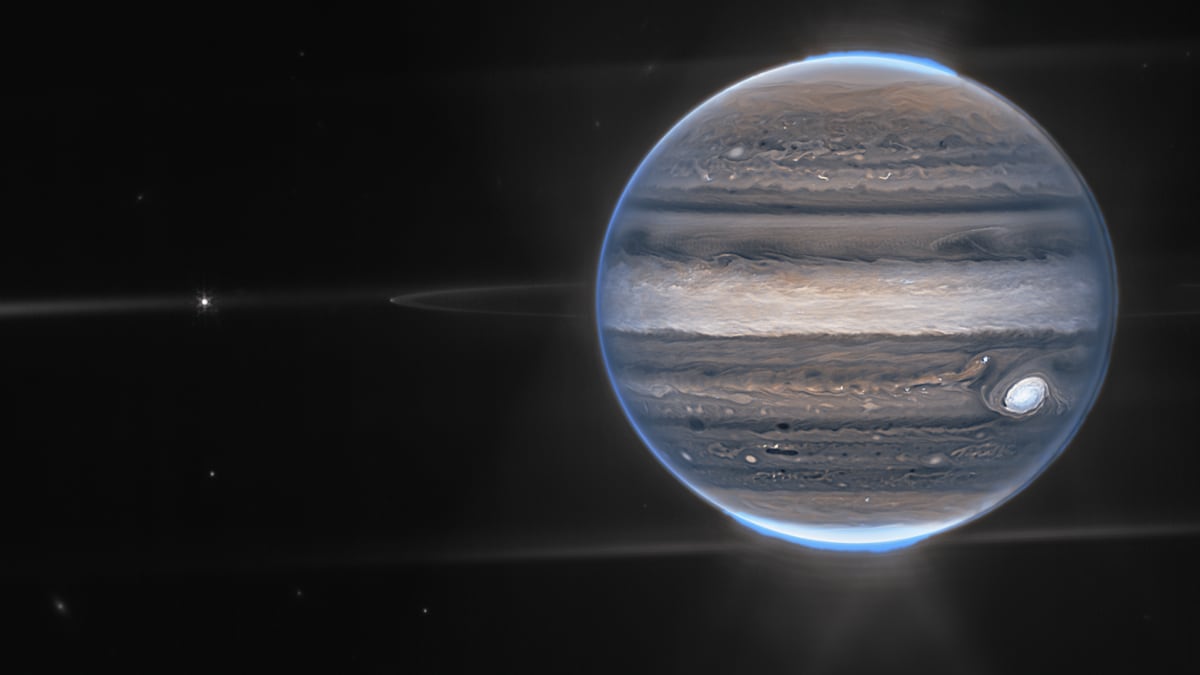
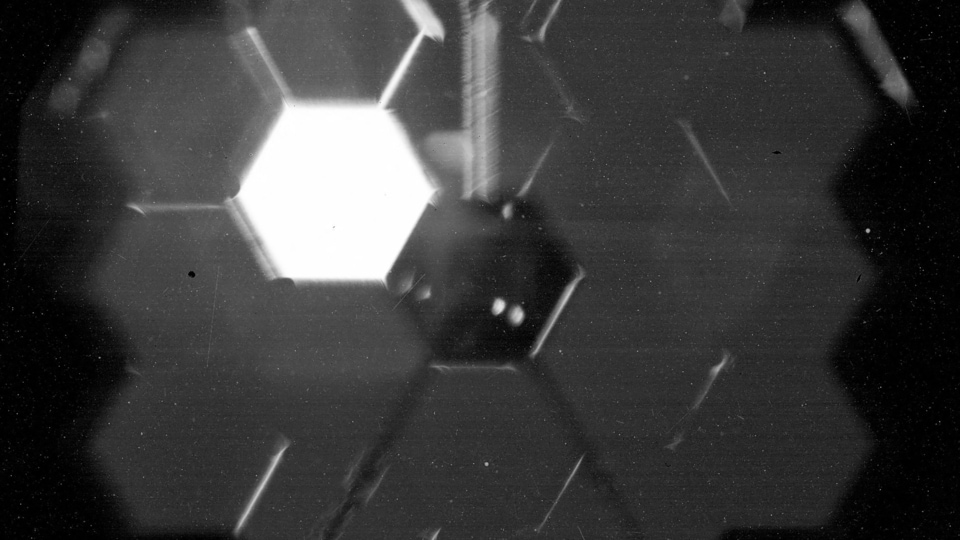
_1661230453587.jpg)
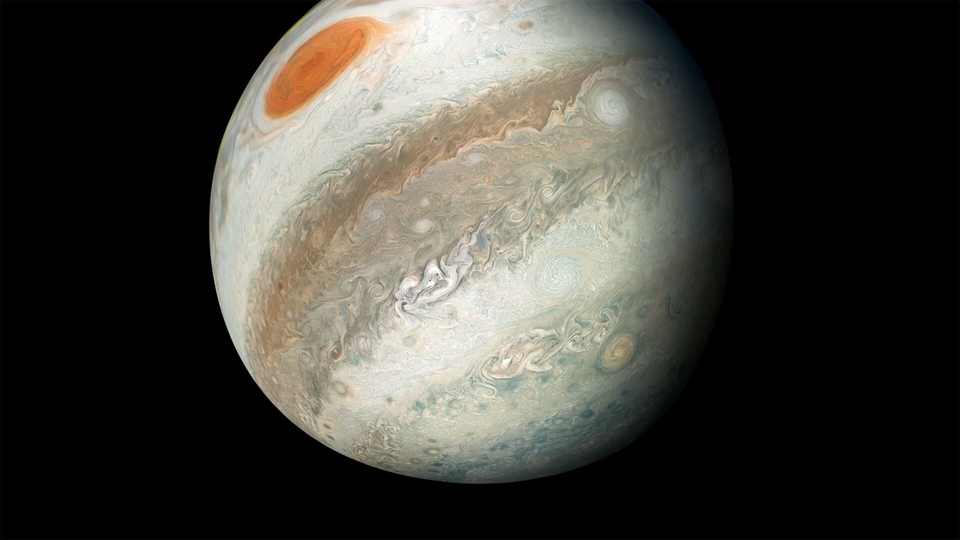
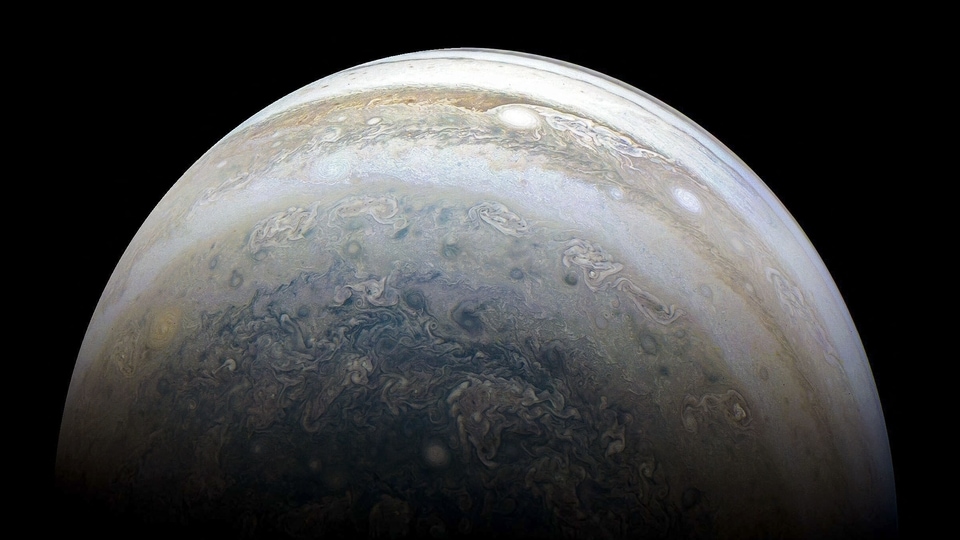
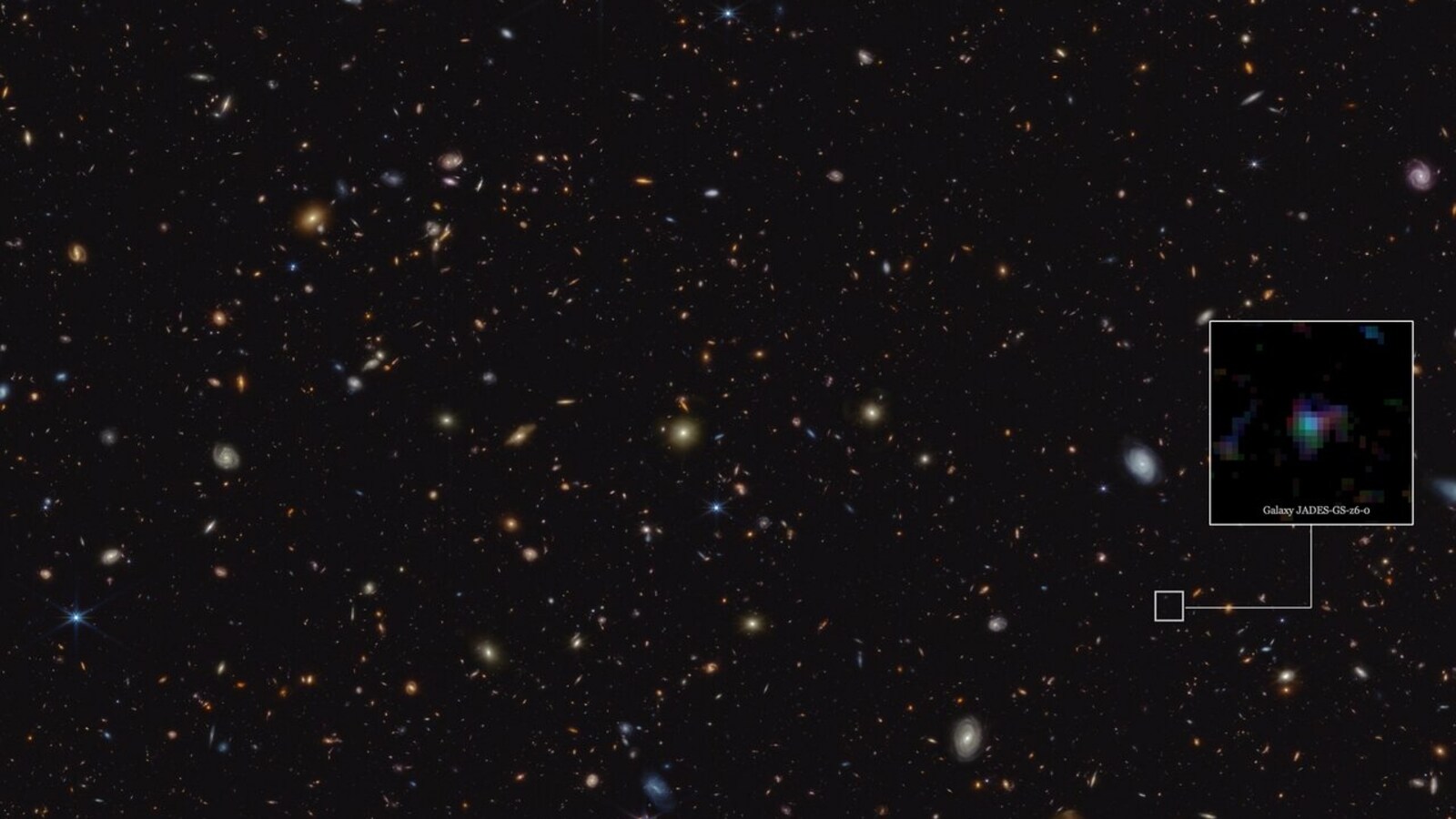
 View all Images
View all ImagesThe apparently empty spaces in our universe are not truly devoid of matter. Instead, they are often occupied by clouds of gas and cosmic dust. These dust clouds consist of diverse-sized grains with different compositions, originating from various processes such as supernova events. That's why, this cosmic material plays a vital role in the evolution of the universe, acting as the building blocks for new stars and planets. In the latest development to detect these crucial grains, NASA's James Webb Space Telescope has detected carbon-rich dust grains in the early universe. To be precise, one billion years after the birth of the Universe!
Similar observations of the carbon-based molecules known as polycyclic aromatic hydrocarbons (PAHs) have been observed in the much more recent Universe. According to the study, it is unlikely that PAHs would have emerged within the first billion years of cosmic time.
According to a report in the journal Nature, a group of international researchers, in collaboration with scientists from the University of Cambridge, have proposed that the James Webb Space Telescope might have detected an alternative form of carbon-based molecules. These carbon particles could resemble either graphite or diamond and may have been formed by the earliest stars or supernovas. The findings of the study indicate that infant galaxies in the early universe experienced a significantly faster development process than previously expected.
How do scientists observe these cosmic particles?
The presence of dust causes certain regions of space to be challenging to observe due to its absorption of stellar light at specific wavelengths. Scientists do get information about cosmic dust composition by observing the wavelengths of light that it blocks. In this case, scientists observed carbon-rich dust grains while using this technique along with Webb's extraordinary sensitivity of the near-infrared spectroscopy.
Dr. Joris Witstok, the lead author of the study, Cambridge's Kavli Institute for Cosmology, has suggested that Carbon-rich dust grains can be efficient at absorbing ultraviolet light with a wavelength of around 217.5 nanometers. According to the study, such carbon-rich grains have been detected in more recent and nearby cosmic regions in the past, even within our own Milky Way galaxy. This has been associated with two different types of carbon-based molecules – polycyclic aromatic hydrocarbons (PAHs) and nano-sized graphitic grains.
Based on prevailing models, the formation of PAHs typically requires several hundreds of millions of years, making it unexpected for researchers to observe the chemical signature of these molecules at such an early age in the Universe. Nevertheless, the team of researchers claims that this finding represents the earliest and most distant direct evidence of the presence of carbon-rich dust grains and it needs further observation.
Catch all the Latest Tech News, Mobile News, Laptop News, Gaming news, Wearables News , How To News, also keep up with us on Whatsapp channel,Twitter, Facebook, Google News, and Instagram. For our latest videos, subscribe to our YouTube channel.




























